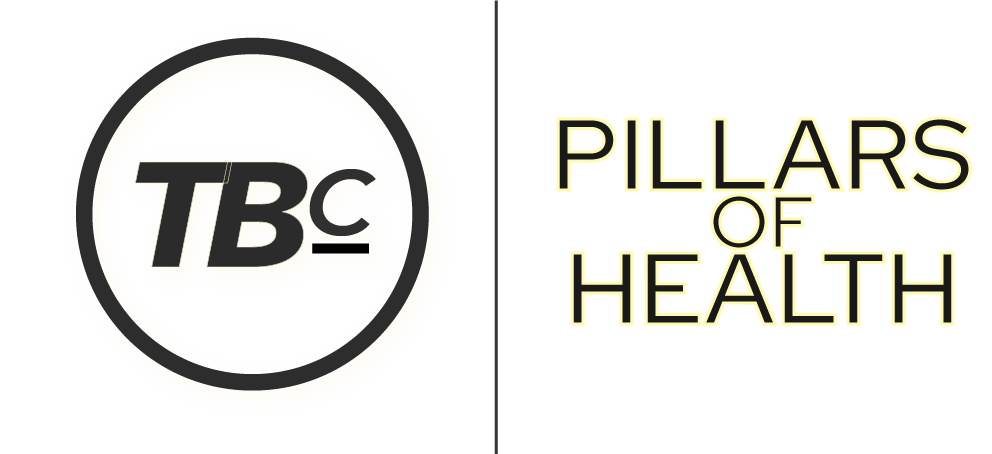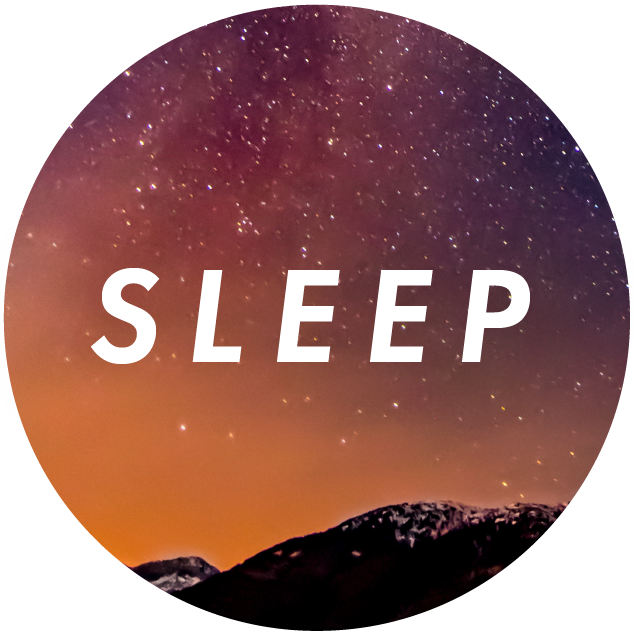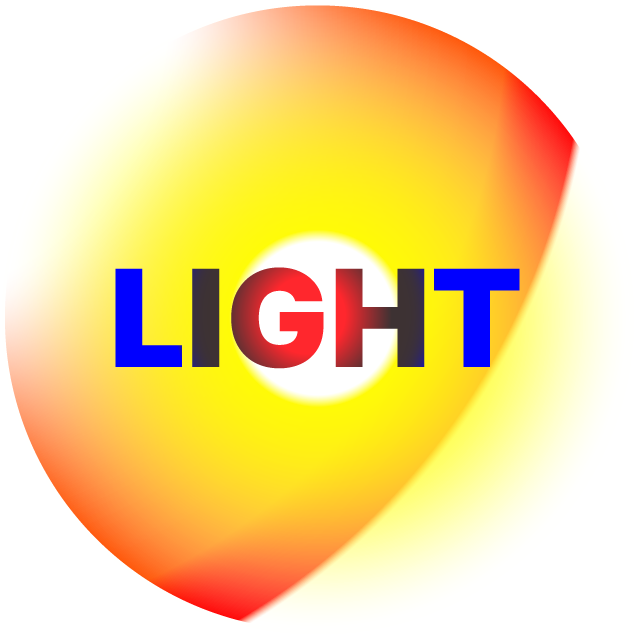The internet is rife with contradiction, confirmation bias, and conspiracy.
Debates break out in health groups, PhDs and MDs argue on their channels and on YouTube and on Facebook.
For years, online marketing gurus have been hawking “business courses” to health gurus, teaching to:
- “draw a line in the sand”
- “pick sides”
- “make it ‘us versus them'”
All designed to garner attention and followers for health gurus.
We’ve all seen YouTube ads — featuring random guys or girls –making exaggerated health claims, selling $67 supplements, and thousand-dollar courses.
And in health groups, even well-meaning folks share what helped them, without really understanding how it all fits into the big picture, or why their results will be short-lived.
Perhaps worst of all is when these well-meaning folks parrot concepts that are hardly proven, and don’t even work very well for themselves. This is all too common as health groups reward sameness of thought.
On top of the profiteering and misguided advice, the universe of alternative health is wholly massive. There are far too many paths to keep track of, to learn about, to scrutinize.
The most damaging aspect of most approaches — whether they realize or admit it — is that they instill fear into their followers: fear of food groups, environmental threats, and even political enemies.
These fears can become deeply ingrained in our thinking, in our minds, and be extremely difficult to outgrow.
These fear-based thoughts are not aligned with the spirit of healing.
Do you receive simplicity, sustainability, and balance from the health world?
If not, what are we getting from it? Perhaps confusion, doubt, fear?
We can find true, long-lasting results
that don’t create imbalances, don’t stop working, and don’t need to be abandoned.
Among the most debillitating experiences on our health journey is “bouncing around” from idea to idea, not knowing who to trust.
Finding (and abandoning) new directions can leave us feeling lost, like we’ve gone backward, and wasted time — more confused than before we started.
Let’s leave that old way behind. Find the paths that will serve you, clarify your steps, and guide you to your goals of better health — and a better quality of life.
At some point on our health journey, the best approach is a lasting foundation — to build a powerhouse of health wisdom.
So how do we build a lasting foundation of health?
One way is to find effective concepts that only help and don’t harm. That create balance rather than disrupt it. That provide what the body needs on the most basic and foundational levels.
Let’s explore some game-changing concepts that can be a foundation for you on your health journey.
Blue light is rapidly becoming a hot-button issue in the health world.
Its effects on brain chemistry, stress hormones, the thyroid, and — most of all — sleep, are quickly moving this issue from a “fringe topic” to a mainstream concept.

The most direct negative effect blue light has on your health is on sleep quality. Why? Your body needs darkness at night for melatonin to rise properly.
Bright light — made bright by high-intensity blue light — instantly lowers melatonin levels in the brain. Exposure to blue light at night — when melatonin needs to rise to initiate sleep — will disturb your ability to fall asleep, stay asleep, and (most of all) wake up feeling refreshed.
There is highly credible evidence that melatonin mitigates cancer at the initiation, progression and metastasis phases.
https://www.ncbi.nlm.nih.gov/pmc/articles/PMC5412427/
Bright light at night as been linked to cancer, as well as many other diseases. We do not want to be lowering our melatonin every night.
Yet that’s what our entire society is doing. Blue light at night impacts everyone, and it’s most harmful to those already struggling with health challenges.
Reduce Your Evening Blue Light Exposure
Lowered melatonin night is associated with all sorts of negative health outcomes: cancer, gut dysbiosis, inflammation, fatigue, and nutrient absorption problems.
Bright, white light at night harms melatonin levels in the brain.
Reduce exposure to evening blue & white light.
Read more about blue light and the circadian rhythm.
Combine darkness at night with its bride: Morning sunlight.
The two combined create a restorative foundation for circadian, digestive, cognitive, and inflammatory healing.
Dark Nights + Bright Mornings
The circadian rhythm is being shown to control nearly every function and organ in the human body.
Morning light revs your circadian rhythm by lowering your melatonin at the beginning of the 24-hour wake/sleep cycle. The morning hours are when you don’t need melatonin, you need to be awake, eating, moving and living your life.
Melatonin makes you tired and sleepy — a good thing at night, but unwanted and unhelpful during the day.
Our modern lifestyles have it backward: Lots of evening light, and very little morning light. This interferes with proper melatonin cycles, and our circadian rhythm, causing endless ill effects on health.

In terms of brightness, morning sunlight is much brighter than indoor light, while still gentle and rich in nourishing red/infrared spectrums.
This wakes you up and signals to your brain the precise time of day. Warm, morning light doesn’t say “noon!” — it says “hello, it’s morning.”
Studies show bright morning light is healthy for many reasons (including weight loss), but its effects on the circadian rhythm are certainly the most profound. Researchers who found morning light to be effective for weight loss suggested even this result was due to the light’s circadian rhythm benefits.
“…allowing us to conclude that bright light was the primary cause of fat reduction.”
https://www.ncbi.nlm.nih.gov/pmc/articles/PMC5644670/
The circadian rhythm impacts every single aspect of the body. If you want to fix your health, first restore your circadian rhythm.

Nevertheless, light is a powerful biological signal and appropriate timing, intensity and duration of exposure may represent a potentially modifiable risk factor for the prevention and management of obesity in modern societies.
https://www.ncbi.nlm.nih.gov/pmc/articles/PMC3973603/
Morning light also favorably impacts your mood and mental health. Who wouldn’t benefit from a better mental state — particularly as we improve and recover our health?
Fresh air (and grounding) can make morning sunlight even more beneficial.
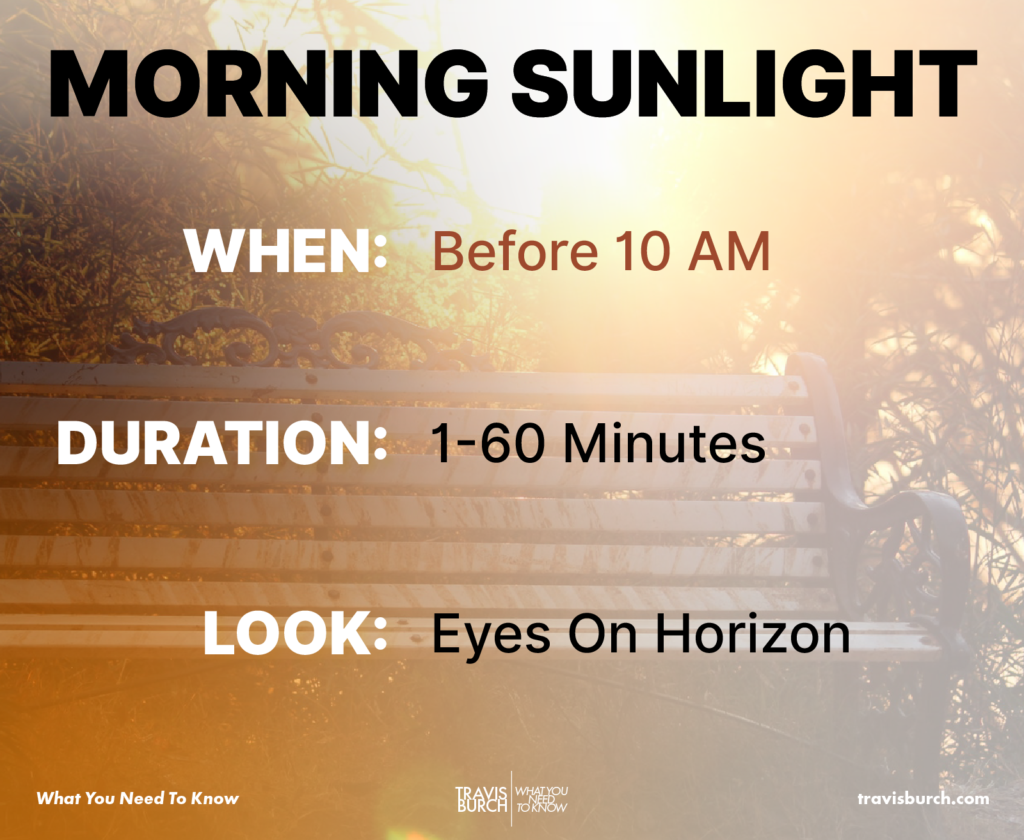
With immense benefits for the body and mind, morning sunlight is the best way to start the day.
Give the body its best chance for a robust sleep cycle — and robust health.
Read more.

The gut microbiome is the most important factor in our digestion.
If you’re dealing with any digestive issues, be sure the gut microbiome is involved.
But when we’re struggling to digest food well, we often find ourselves eating in a disorganized way.

Meals give way to more grazing, and we usually eat later and later in the day — and into the night.
If that sounds like you, here’s an opportunity to greatly improve how you feel, separate and apart from taking lots of gut supplements (which you might still benefit greatly from).
When you eat may be more important than what you eat — and what you eat is quite important!
common mistakes concerning meal timing:
Eating at the best times is superior for many, many reasons.
It locks in the circadian rhythm more deeply: The act of eating signals “daytime” to the human brain. This combines perfectly with out aforementioned light habits (less evening blue light / morning sunlight). Smart meal timing synchronizes your circadian rhythm, and will set the stage for deeper sleep.
And a better circadian rhythm is among the most important foundational steps you can take for your gut.
Beyond that, a proper feeding schedule is directly important for improved gut health:
- The gut is primed to eat in the morning much more than at night.
- The metabolism processes glucose better earlier in the day.
- The gut benefits from time to rest and digest — rather than endless snacking.
- Blood sugar remains better balanced all day when meals are early and regular. This means less daytime and late-night snacking.
How to Time Meals
With some slight wiggle room, the best times for meals are:
Not hungry at the appropriate time?
When recovering from poor health, we’ve got to train the digestive system to tolerate and expect meals at the optimal times.
The best way to do this — besides using gut supplements to improve food tolerance — is to eat a small meal at the proper time, even if hunger isn’t there yet.
Over time, this will establish the correct meal times in the body’s clock. Give it a few weeks to make a good start, and then a few months to really see the benefits.
Sleep will improve, digestion will improve, and many other benefits will manifest along the way. Over time, eating at optimal times becomes easy — and even empowering.
Every cell, every organ, and every bodily system runs on a schedule — including the digestive system.
Eat at the right times to optimize digestion, heal the gut, and fix the circadian rhythm.
Read more:

Consistently sleep — & rise — early.
While often enjoyable, frequent late nights likely are not worth the price we pay with our health.
What is the price of a single late night? The following areas can be affected, negatively, even by a one late night:
- Gut health
- Metabolism
- Hormone production
- Immunity
- & more
The threat compounds exponentially when late nights become a trend; Chronic late bedtimes and wake-up times are destructive to health & longevity.
Later sleep times even harm healthy young adolescents — both cognitively and in their physical health.
There is evidence that a discrepancy between sleep behaviors and the endogenous circadian rhythm may be related to risk in the cognitive domain for adolescents with an evening circadian preference. Preliminary evidence also indicated that a delayed DLMO and shorter TST or a later bedtime may be related to vulnerability to physical health risk.
https://pubmed.ncbi.nlm.nih.gov/29368957/
The Perfect Sleep Schedule for Optimal Health
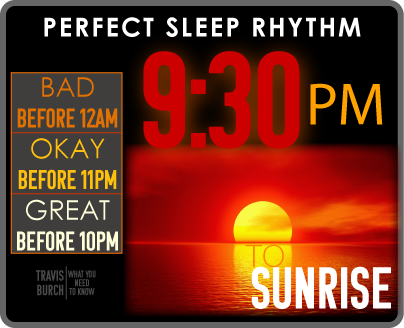
Sleep on a great schedule — an early one — for a few weeks and look for the benefits.
Utilize the wisdom of the sleep section to create a powerhouse circadian rhythm — geared for health and recovery.
Many diets ignore the macronutrient ratio.
The “macro ratio” refers to the amounts of carbs, protein & fat eaten in a day (or in a meal).
Start by just focusing on your carbs and protein: Eat twice the carbs as your protein. This is an incredibly balanced place to start.
Why is Balancing Macros Important?
All three macros are required to make hormones (which directly affects sleep, digestion, immunity, and energy levels).
Excellent macronutrient balance also supports balanced blood sugar levels, making it a staple of diabetes management, hypothyroid treatment, and consistent sleep.
Your body is actually made of all three macros, too: Many people might know the body is made of fat and protein, but even carbohydrates are utilized in cell membranes to keep the cell stable in solution.
Muscles store energy in the form of glycogen, a carbohydrate. The body may have a pound of glycogen stored throughout the body, to be used for energy.
We need all three macros — and for them to be balanced in the diet.
What’s a Balanced Macronutrient Ratio?

The 2:1 Carb-to-Protein Ratio
This ratio is a perfect middle-ground that can support the metabolism, optimize gut health, and supply proper nutrition.
Highly active folks may need more carbs — perhaps a 3:1 ratio of carbs to protein.
Begin by exploring the carb-to-protein ratio (2:1 vs 3:1 or maybe 1:1), then figure out how much fat is required per day. Fat intake may affect hormone production: so watch sleep and libido.
Low fat is typically be less than 50-60g per day, while high fat might be doubling that (this will, of course, vary by body size).
Your Ideal macro ratio is an important step in Your journey to health.
Consider beginning witha solid, middle-ground carb-to-protein ratio, like 2:1.
Read more.

Ultimately, all nutrients matter for health.
And if you’ve had any ongoing digestive problems — or followed a restrictive diet — there’s a strong chance you have nutritional deficiencies.
Here are three big nutrients you need to figure out before you worry about other things.
Vitamin D
While it’s very possible to overdose on Vitamin D supplements — a very bad thing that can take, sometimes, years to correct — most folks with chronic illness are deficient in Vitamin D.
If you’re not fully able or interested in learning how to get Vitamin D from light (UVB frequencies), then a supplement is a very necessary and appropriate temporary step.
Vitamin D is not well-represented in the diet, even with fortification.
Too, sunscreen has been popular for decades, blocking UVB-rich rays that stimulate Vitamin D production in the skin. And in modern life (especially for those with chronic illness or who are aging), it’s common to stay indoors most of the time, reducing exposure to healthy sunlight.
Therefore, even in normal scenarios, Vitamin D levels are almost always low, contributing to disease.
But add poor digestion and chronic inflammation — nutrient levels are all but guaranteed to be at rock bottom, across the board.
As you first address your Vitamin D levels, you can then focus on the other 3 fat soluble (A, K, E), which need to be balanced with Vitamin D.
Don’t make it complicated, keep it simple! It’s better raise these nutrient levels slowly; this avoids overdosing and imbalances.
Sodium/Potassium Balance
Sodium is not harmful in and of itself. It’s an essential nutrient that many people need more of.
How can this be?
Here’s how: Most who limit sodium intake don’t need less sodium, they actually need more potassium (along with other important minerals like magnesium, calcium, etc).
It’s being low in these other minerals that makes sodium high in the mix — in its balance with other important minerals.
Sodium levels exist in the body in relation to other minerals, and bringing levels up of those partner minerals will better bring sodium back into balance.
Too much (sodium) may be harmful, but too little can also have serious consequences.
https://www.healthline.com/nutrition/6-dangers-of-sodium-restriction#TOC_TITLE_HDR_8
What about those struggling to recover health? We often need extra sodium. This is because a slower metabolism (hypothyroidism) causes the body to waste sodium, in particular, among other nutrients.
Remember, most people with health issues (especially digestive problems) are low in virtually all nutrients. In many ways, sodium is a rate-limiting factor for bringing up nutrient levels across the board. What this means is: nutrient levels can’t rise consistently until you’re getting enough sodium.
By contrast, healthier people are much more likely to be low in potassium. Thus, they’ll need to raise potassium levels, first.
Increasing potassium intake is easily done via diet (fruits and veggies) or a simple potassium supplement. If you have any digestive issues, a potassium gluconate supplement is the most straight-forward way to take potassium, and observe how it affects you.
And of course, there are many other nutrients to think about (around 30!) but, first, bring up these big nutrients, and then bring up the rest — by using wise multivitamin and multiminerals products and smart individual nutrient products.
Trying any health approach without first understanding vitamin D, sodium, and potassium levels could impede your progress.
Read more.
The modern indoor environment is complex, and often poorly designed, installed, and maintained.
There are three main ways an indoor environment can noticeably harm your health recovery:
1) Air Quality

Air quality suffers for several reasons in modern buildings.
Number one is trapped air. Modern buildings are tightly sealed spaces with little airflow from outside — where the air is almost always much cleaner.
Trapped air means that chemicals on new products (flame retardants, etc), and cleaning agents remain in the house for long periods of time instead of dissipating.
Trapped air can lead to condensation and humidity, increasing mold growth. Mold’s VOC’s, mycotoxins, and spores build up over time in trapped spaces, and subsequently, inside the body. This can cause the body to become more and more sensitive to these harmful compounds.
Trapped air can also mean radon & chemicals from new products and cleaners build up over time. Mice feces and urine in buildings are incredibly toxic and infectious. Mice must be quickly eradicated for your own safety, and buildings with extensive mouse problems, currently or in the past, are not safe to live in.
Oxygen levels can also be depleted quickly in modern, trapped air.
AIR QUALITY SUMMARY
Notice indoor air quality as you go about your day. Clean regularly, maintain building systems, protect your home from water damage, and use your nose to detect musty smells.
2) EMF in Your Home
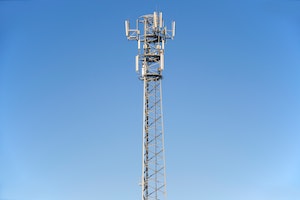
EMFs, in practical use, are the fields surrounding all electronics.
In fact, your body’s electrical currents create its own, natural EMF.
A primary source of harmful EMFs are the radio-frequency fields emitted by all wireless devices.
Notable, common wireless emitters are all WIFI devices, bluetooth devices, and other smart devices. Wireless functionality needs to either be disabled (airplane mode), or the devices need to be turned off completely. This is particularly important at night, during sleep.
A different source of harmful EMF are electrical and magnetic fields that surround all electronics.
A primary source of dangerous “e-fields” and magnetic fields is ungrounded electrical wiring in older homes.
You’ll need an EMF meter to adequately test wireless, electric, and magnetic fields in your home or work. The Cornet d88t is the best meter without spending over a thousand dollars.
Do not sleep near EMF emitters — including electrical outlets, wireless devices, and breaker boxes. Every bit of increased distance from strong EMF sources will improve how restorative sleep is.
EMF SUMMARY
Sleeping or working next to strong EMF sources may crash your blood sugar, lower melatonin, cause inflammation, and cause more metabolic stress. Put distance between EMF sources and your bed — and learn to disable wireless functionality when not in use (or leave it off, like I do).
3) Indoor Lighting
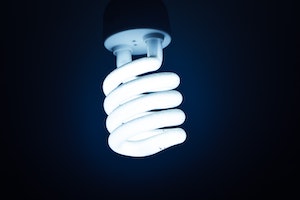
The ideal living space has natural sunshine pouring in all day.
If this isn’t possible, use incandescent and halogen bulbs rather than LEDs and fluorescent bulbs — which are harmful to sleep, the brain, the eyes, and hormone balance.
The older types of lamps (incandescent & halogen) are full spectrum and emit lots of healing, soothing infrared light. Newer bulbs do not, saving energy, but harming health.
Make the home dim prior to bedtime. Bright light in the eyes directly inhibits melatonin levels and deep restorative sleep.
LIGHT SUMMARY
The light in buildings can promote health — or harm it. Take steps to improve the healthful properties of indoor light sources.
Healthy buildings promote health, and sick buildings make people sick.
Develop awareness about the health of your home or building.
Embrace its upkeep, and take pride in how healthy your home can be.Your gut microbiome controls nearly every biological function in your body.
From your immunity, to inflammation, cognition, sleep, energy levels — you name it, your gut is involved, either protecting you or making things more difficult.
For most people, improving gut health can be as simple as take 1-3 proven supplements, cleaning up your diet, and improving the circadian rhythm.
In more difficult cases — which are becoming extremely common — gut health can feel tricky. Addressing gut problems can be uncomfortable and even feel overwhelming.
Further, there are endless extreme diets, worthless supplements, and bad advice circulating on the web — all concerning gut health.
This is one area that demands your attention! How do you find the best information to restore your gut health?
What’s Happening in the Gut?
When the symbiotic relationship in our gut microbiome begins to weaken, it can be extremely uncomfortable.
These are living organisms living inside us, digesting our food, and affecting our tissues, nervous system, hormones, and even emotions.
Improving gut health is often exactly what needs to happen — so you can get back to living and feeling like yourself again.
Don’t wait to address your gut health.
Get to know high-quality, affordable gut supplements that can change your gut microbiome over time.
Read more.

Published literature is clear: red and infrared light are incredibly restorative to health.
Infrared light is becoming very popular in health circles these days — and for very good reason! The research is vast and promising.
Studies show that many frequencies of infrared light stimulate, soothe and protect nearly all bodily functions, including:
View the Research
Over 90% of the (traumatic brain injury) patients had complaints of irritability, insomnia, anxiety, and depression. Six of the ten patients had persistent headaches and 50% had cognitive difficulties, attention problems, and other signs of executive dysfunction. After a course of ten treatments of NILT (20 treatments in four patients), each patient experienced significant clinical improvement. Many of their symptoms resolved. Sixty percent had no residual symptoms after treatment. The remainder had mild or greatly reduced symptoms. Cognitive function appeared to improve since all disabled or impaired patients had returned to work, although cognitive tests were not performed. The quality of life dramatically improved in all cases.
https://www.ncbi.nlm.nih.gov/pmc/articles/PMC4870908/
If you haven’t experienced how incredible infrared light can be — when properly applied — find out for yourself soon.
Few things are as important for health recovery as daily infrared light.
Read more.
Your health journey needs clarity, not confusion.
Your body needs support, deep rest, and nourishment.
Most paths, especially the extreme ones, are fraught with imbalance. Beyond being a waste of (limited) time and energy, they can cloud the picture with incomplete ideas that might later be difficult to un-learn.
Ultimately, what matters most is what restores and creates balance over time — not quick fixes that cause new problems.
The 9 Game-Changing Concepts Work With Any Approach
Any approach that doesn’t work well with great, early sleep — or therapeutic light — probably isn’t a very good approach.
No, these concepts work with any approach. In fact, they’re likely to make your results with any approach much more successful.
Too, they’re so foundational that ignoring them is likely to make your health progress unnecessarily more difficult, and less successful.
No matter who and where you are, synchronize and improve your health — with steps you won’t have to abandon later.
I used each of these steps to ignite my own progress, to burst through my stagnant momentum in my search for better health.
These concepts pushed me further down my path toward healing — and I believe in what they can help you achieve, too.
You’re going to unlock new levels of restoration, deep rest, and energy. It’s coming, it’s just a matter of how fast.
I’m excited for what you will do.
Articles

Why ‘Nobody’ Believes the Mold Sufferer
If there were a battle hymn of the mold sufferer, it would be titled: “Why Does Nobody Believe Me?”

An Exercise for Dealing With Loved Ones We Disagree With
An 11-question inventory for furthering relationships.
